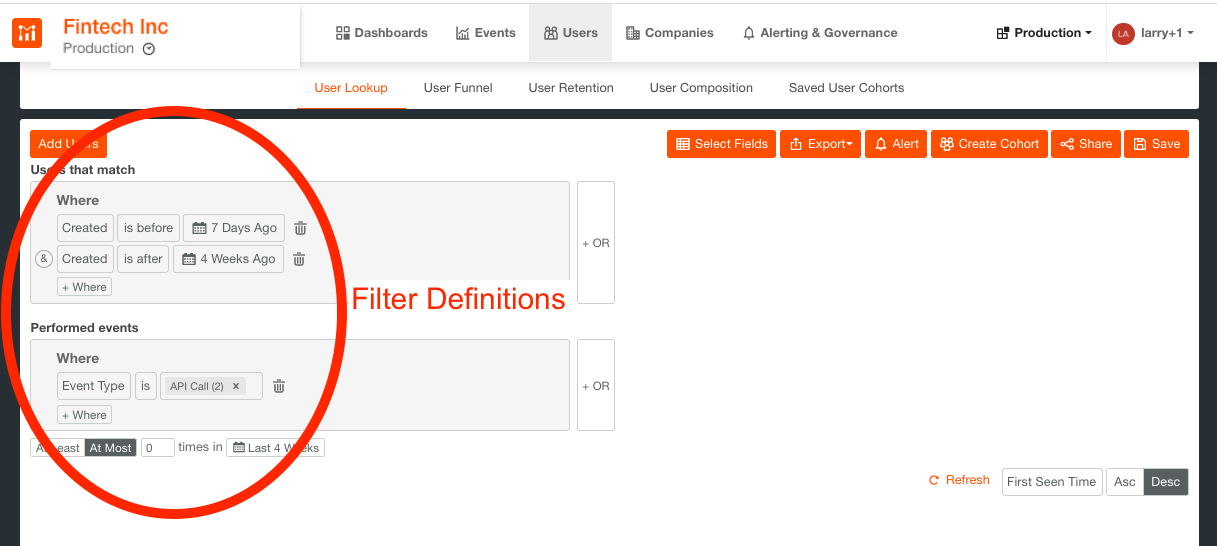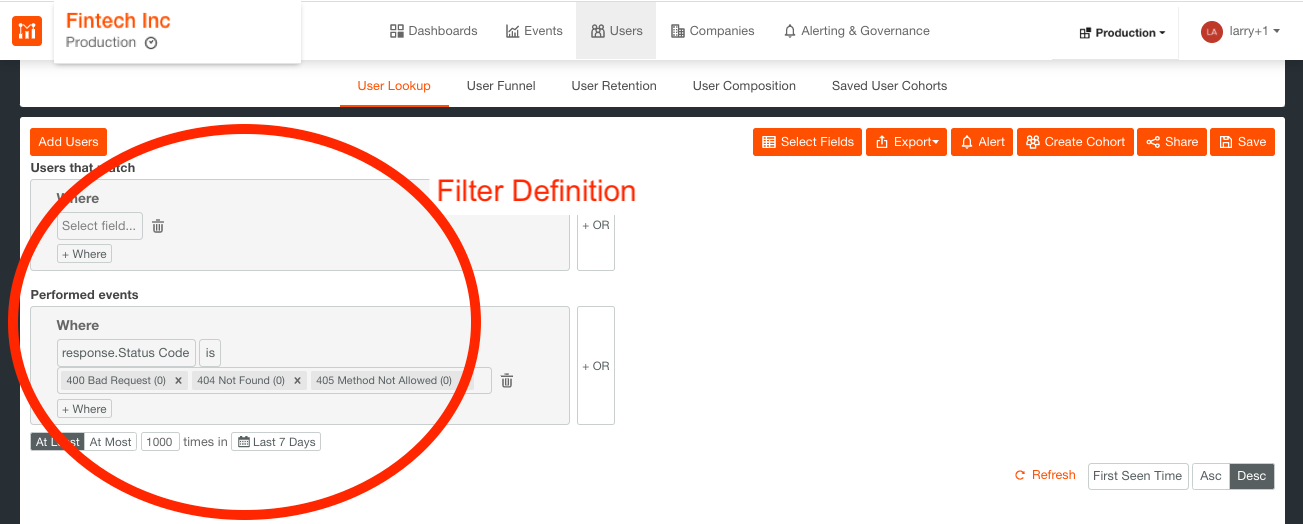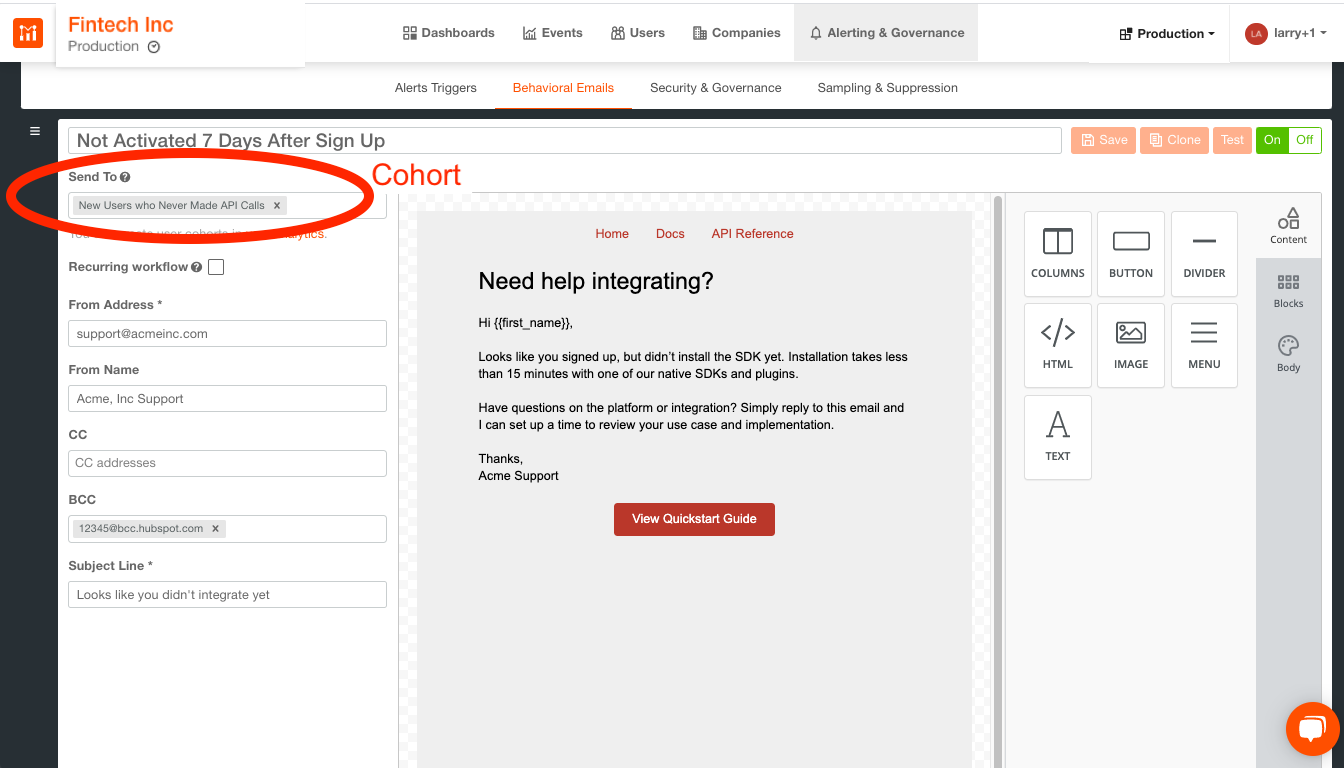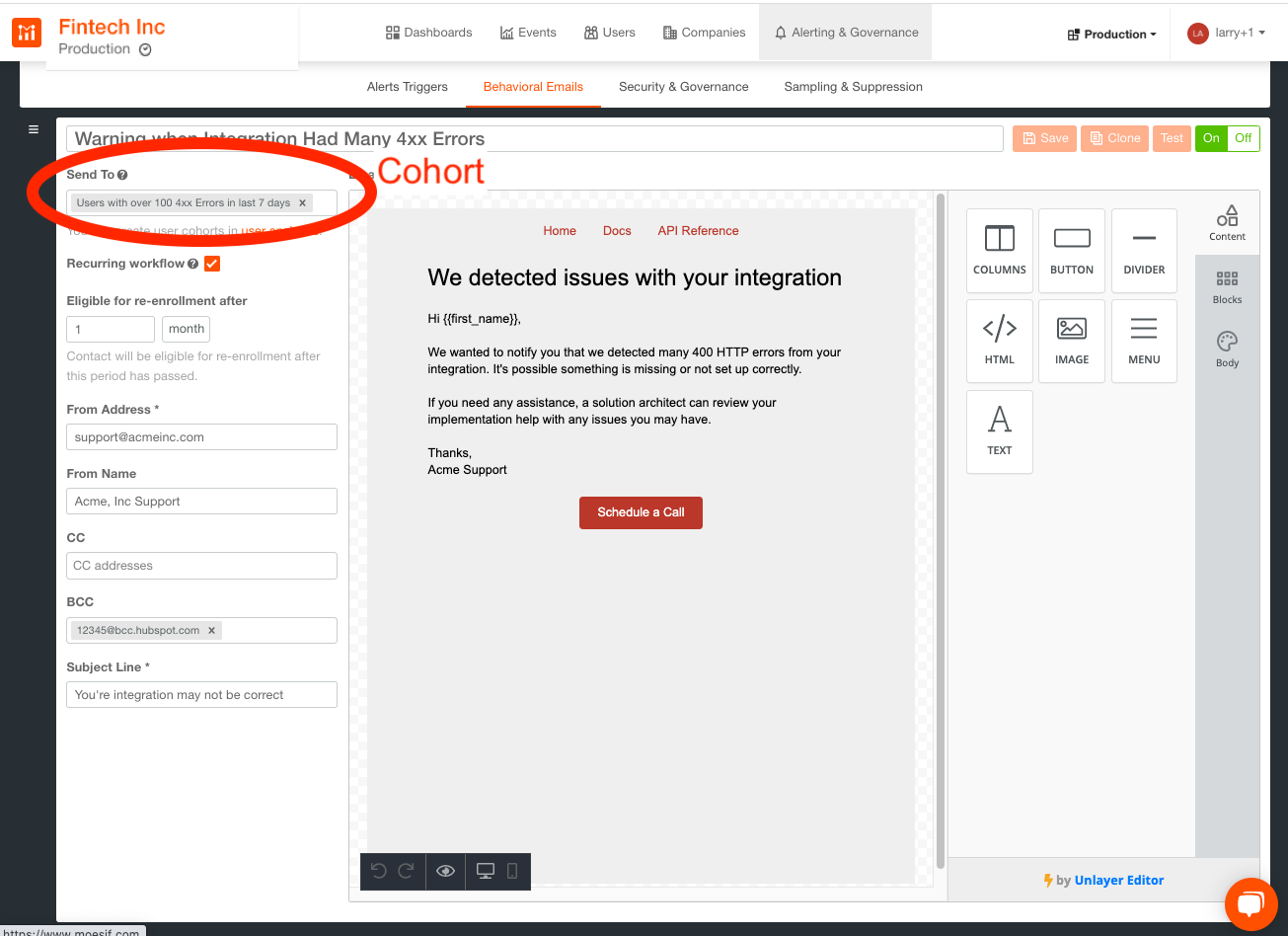How to Guide Customers on API Integration Automatically with Moesif
You have an API program that developers are adopting; Customers have signed up, but some haven’t integrated yet; Of those that have integrated, a few got stuck early on and went silent; Ideally, you’d like to help both sets of customers move through the developer funnel.
Moesif can act a catalyst for your developers, proactively informing them of integration issues before frustration sets in and they give up. Ensure they have a good experience – unblock your customers ASAP.
Use Cases
Attracting customers to try your product is often only half the battle. There are many stages in the developer funnel to turn those leads into paying customers and eventually evangelizers.
You’ve probably had customers who’ve signed up for your API product, but never went any further. All of that sales and marketing effort to get them into the top of the funnel was for naught, if they never even tried your product. To spur them into action, remind them that they haven’t integrated by sending them an automated email 7 days after signing up. And put them into a drip campaign, which will send them helpful information on product features and common developer issues. You can rescue that sunk cost and turn those customers around with some judicious nudging.
Similarly, when developers first integrate your API they may well come upon times when your product appears not to work, or no data shows up. This is oftentimes due to an incorrect implementation, or client error. If nothing’s done, frustration will mount and the customer might churn.
Be proactive at making your customers more successful with their platforms and reduce their likelihood of leaving. By monitoring HTTP Status Code Errors, email the developer when their implementation receives too many 4xx client errors, letting them know the nature of the error so they can easily figure their way out of the failed call.
Playbook for Staying on Top of Your Customer’s API Integration
Automating repetitive processes is a key attribute in whole-product design. By combining payload observability with behavioral emails, Moesif’s able to make you more productive through sophisticated workflows of many functional, performance and product issues.
This demonstration playbook focuses on issues your customers may encounter during integration, specifically illustrating Moesif’s capabilities by showing you how to deal with users who have not activated 7 days after sign up and received too many 4xx errors during integration.
Other playbooks focus on Secure Your API Against Attacks and Intentional Misuse and Automatic Notification of Quota and Billing Issues. The three playbooks only really scratch the surface of what’s possible with our platform; Once you get the hang of creating your own cohorts, specifying triggering events and designing behavioral emails, you’ll wonder what you ever did before Moesif.
List of Ingredients
We’ll be using Moesif’s analytics tool to build this app. If you haven’t yet created an account you can sign up for free.

Steps in Playbook Creation
Playbooks include workflows, SOPs, and cultural values, that go together to shape a consistent response — the play. Irrespective of what you’re trying to achieve, Moesif playbooks contain two key elements: cohort specification and email creation.
Cohort Specification
Moesif defines user and company as distinct entities, ones which can be grouped into cohorts sharing similar criteria. Distinct cohorts include those sharing similar fields, such as: subscription plans, endpoint usage, request codes, etc. Cohorts can be created by filtering on user/company demographics and actions, as explained in an earlier tutorial.
To create a new user cohort go to the Users > User Lookup section of the Moesif tool and simply choose fields from the pulldown menus Users that match and Performed events, as shown below. The full list of event filters and user/company fields can be found in our user-analytics pane.
Not activated 7 days after sign up
It can be helpful to nudge customers if they have not integrated with your API yet within a period after sign up such as 7 days. Normally, customer success or solutions engineering would manually follow up with these customers and prospects to ensure they are successful with their trial or POC. That can place a tremendous burden and take away from the time customer success efforts in other areas like education or finding additional opportunities. With Moesif, customer activation and guidance can be automated and scaled.
To create a cohort of customers who have not activated 7 days after signing up for an account, go to the Users > User Lookup section:
- From Users that match set the filters:
Created is before 7 Days Ago,&,Created is after 4 Weeks Ago
- From Performed events set the filters:
Event Type is API Call(2)- The time period is
At Most 0 times in Last 4 weeks, as shown below.

Integration has too many 4xx errors
If an integration has too many 4xx errors, it could mean the customer did something wrong and may need some assistance from a solutions engineer or support. Rather than staying on top of every account, you can let a customer know that their implementation has an unusually high number of client (4xx) errors implying further investigation could be needed. Your email should provide some self-help resources on suspected issues or a way to schedule a call with a solutions engineer.
Depending on your internal workflows, you can automatically CC the solution engineer responsible for the account using Moesif’s CC or BCC to a CRM directly.
To create a cohort of those receiving too many 4xx errors in the last 7 days go to the Users > User Lookup and select from Performed events the filters: response.Status Code is 400 Bad Request (0), 404 Not Found (0) or 405 Method Not Allowed (0), and then set the time period as At Least 1000 times in Last 7 Days, as shown below.

Once filters are set, Moesif will look through all current and historical data and group together all of the users/companies that fulfill the filters’ criteria. We’ll also monitor whether the users/companies continue to belong to that cohort, without any manual intervention.
The cohort can then be used to populate the recipient list in a behavioral email.
Email creation
You can design HTML emails right in Moesif using a drag-and-drop WYSIWYG editor. To create a behavioral email go to the Alerting and Governance > Behavioral Emails section of the Moesif tool.
The first step is to add a new +Template, where the template includes both the email design as well as other pertinent info, such as which cohorts should receive the email. Full documentation on creating email templates is available, but suffice it to say, email creation is pretty straightforward and, once complete, emails can be verified using the Test button.
Not activated 7 days after sign up
Simply add the pre-defined cohort to the recipient’s list of the behavioral email offering assistance to those whose progress has stalled:

Whenever newly signed-up customers don’t integrate within 7 days they’ll automatically be added to the cohort, and a helpful email sent.
New integration has too many 4xx errors
Similarly, simply add that cohort of customers to a behavioral email that warns them their implementation is receiving a lot of 4xx error codes:

Whenever an integration exceed 1,000 4xx in the last 7 days, the particular customer will automatically be added to the cohort, and warning emails will be sent to those customers.
Takeaways
Reducing the time it takes to get to a successful integration and drive value is very important in an API-first company. With our SaaS platform, we strive to make our customers as productive as possible. Through the combination of payload observability and behavioral emails, we’ve created automated warning processes that helps nudge your customers towards integration, saving you time and resources.
 Save Time And Resources With Behavioral Emails Workflows
14 day free trial. No credit card required.
Learn More
Save Time And Resources With Behavioral Emails Workflows
14 day free trial. No credit card required.
Learn More





